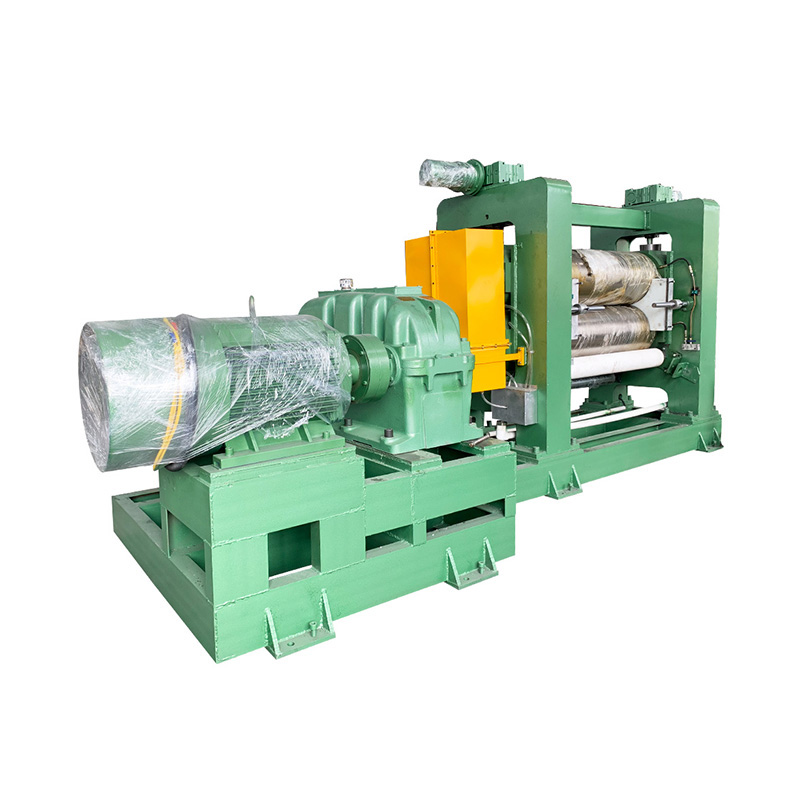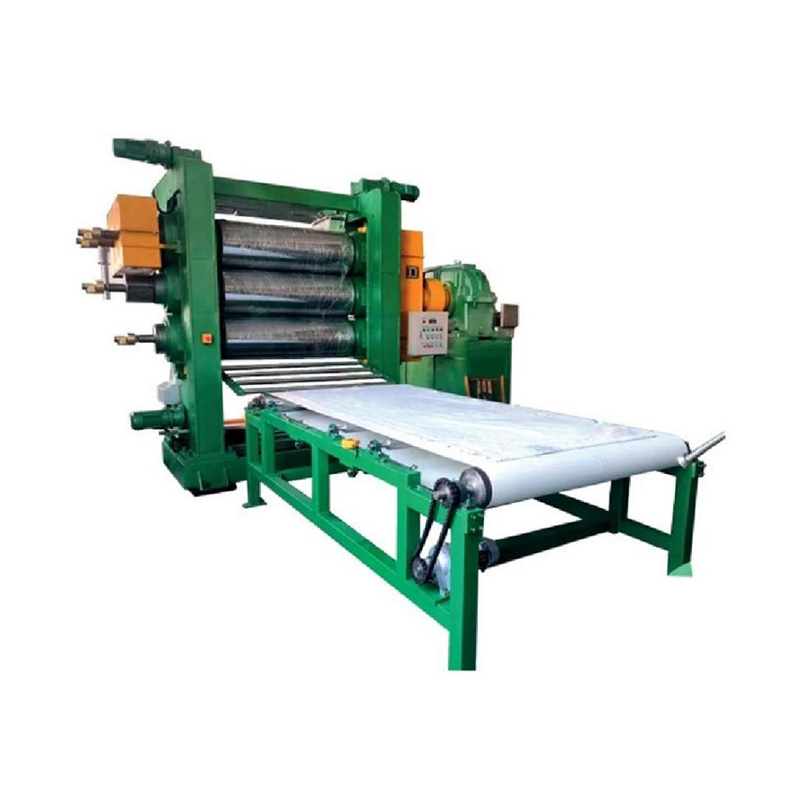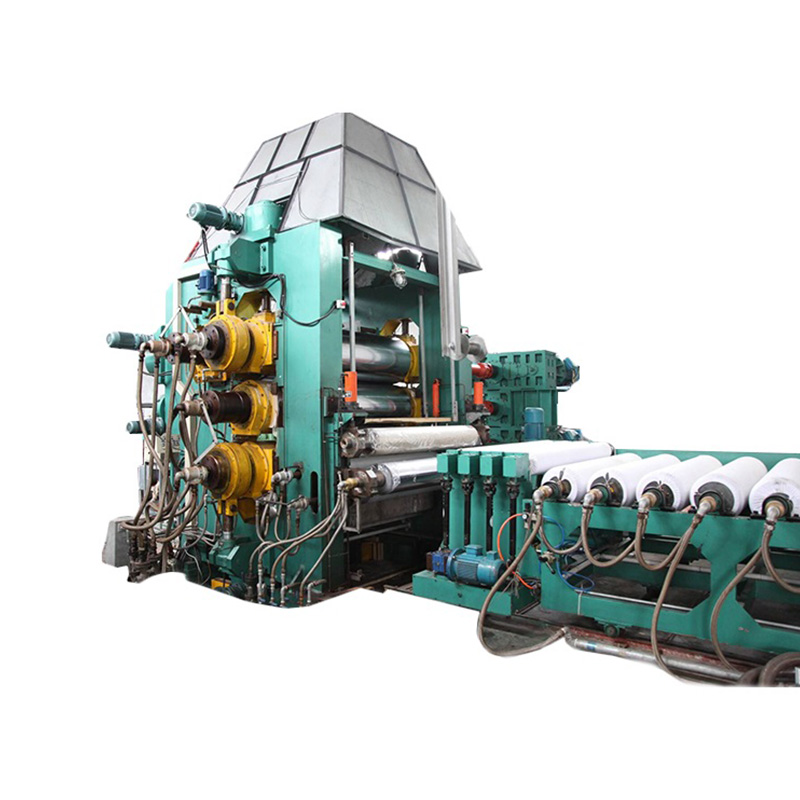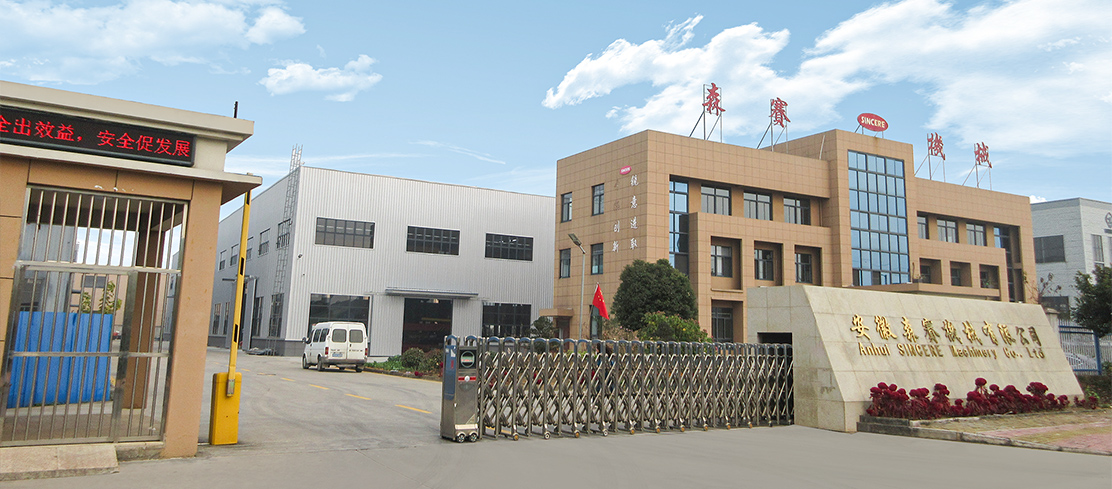1. Optimizing Rubber Sheet Thickness Uniformity
Rubber calender machines are widely used to produce sheets with precise thicknesses. To enhance uniformity, operators must consider roller gap adjustment, rubber compound viscosity, and temperature control. Uneven heating can cause thickness variation along the sheet width, while inconsistent roller pressure leads to edge thickening.
Using a thickness gauge in real-time can significantly reduce defects. Some modern calenders integrate laser-based thickness monitoring systems, allowing automatic roller gap adjustments to maintain consistent sheet thickness even at high production speeds.
2. Roller Surface Treatment and Its Effects on Rubber Quality
The surface finish of calender rollers directly impacts the quality of the rubber sheet. Polished chrome-plated rollers minimize sticking and produce a smoother finish, while textured rollers can create specific surface patterns. Regular maintenance, including polishing and cleaning, prevents material buildup and ensures uniform calendering.
- Chrome-plated rollers: Reduce adhesion and improve gloss.
- Textured rollers: Used for patterned sheets or embossed products.
- Ceramic-coated rollers: Enhance wear resistance for high-abrasion rubber compounds.
3. Temperature Management in Calendering
Temperature control is critical in rubber calendering as it affects viscosity and sheet flow. Rubber compounds typically require roller temperatures between 60°C and 120°C. Overheating can degrade the polymer chains, while insufficient temperature leads to poor flow and non-uniform sheets.
Modern calenders use separate heating zones for each roller and integrated thermocouples for precise monitoring. Some systems also employ automatic feedback loops to maintain optimal temperatures even when production speed changes.
4. Multi-Roller Calender Configurations
Rubber calender machines can have two, three, or four rollers depending on the application. Each configuration serves a different purpose:
| Roller Type |
Function |
Application |
| Two-Roller |
Basic sheet forming |
Standard rubber sheets |
| Three-Roller |
Better thickness control and tension management |
High-precision sheets for tires or belts |
| Four-Roller |
Advanced tensioning and multi-layer laminates |
Laminated sheets, specialty rubber products |
5. Troubleshooting Common Defects
Calendered rubber can exhibit defects such as streaks, bubbles, and edge thickening. Understanding the root causes is essential for maintaining quality.
- Streaks: Often caused by contamination or uneven roller surfaces.
- Bubbles: May result from trapped air in the compound or excessive roller speed.
- Edge thickening: Caused by improper roller gap or uneven tension during feed.
Routine inspection, cleaning, and adjusting roller parameters can reduce these issues. Implementing in-line monitoring systems further enhances defect detection before the sheets reach downstream processes.



 English
English 中文简体
中文简体 русский
русский











